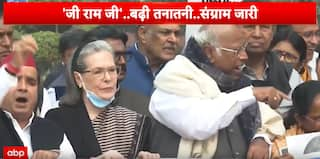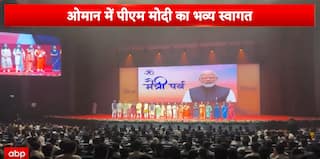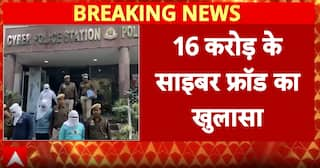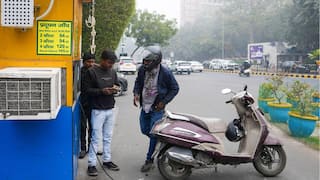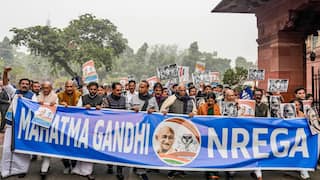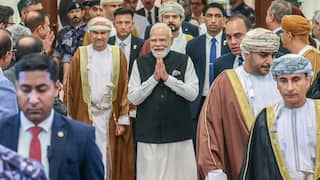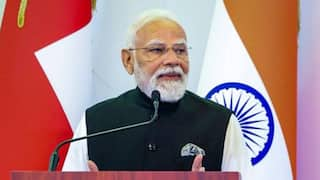Explorer
Delhi pollution and the farce of errors

A choking blanket of smog enveloped the national capital
this week, prompting the authorities to announce closure of
A choking blanket of smog enveloped the national capital this week, prompting the authorities to announce closure of schools till Sunday. Photo: AFP
There’s an old story, often attributed to Birbal, but it may be a generic parable. The story goes that Birbal was once walking around Delhi at night. He saw a man under a street lamp desperately hunting for something on the ground. Birbal asked him what he was doing. The man replied that he’d dropped his valuable ring and was hunting for it. His wife would be furious if he went back home without it.
This was a serious matter so Birbal and his bodyguards joined the search. Finally, after about fifteen minutes of futile hunting, Birbal went back to first principles. He asked the man exactly where he had dropped the ring. The man then pointed to a dark corner across the street. Birbal was mystified. He asked the man why he was looking in the wrong place. The man replied that the light was better near the street lamp.
This story is an apt description of the official response to the air pollution crisis in Delhi. As many of you may be aware, the National Capital Region of India is currently enveloped in a thick blanket of toxic smog. The sun is hidden behind a cloud of grey, visibility is low and some areas of the city look like the day after the Apocalypse.
The air quality indices are off the charts, and in some areas pollutants have been over 30 times the levels considered safe by World Health Organisation. The Indian Medical Association has declared a national health emergency. It has issued advisories to the citizens to stay indoors as the high concentration of particle matter (PM) 2.5 in the air makes it hazardous to even go out for a walk.
This state of emergency woke the Delhi Government from its stupor and drastic measures were put in place. These included shutting schools for a few days, sprinkling water to settle dust, levying exorbitant parking fees and rolling out a tried and failed system of car rationing, popularly known as the odd-even scheme. The formula is that on odd days, cars with odd numbered registration plates would be allowed on the road. On even days the even numbered cars would be allowed to ply.
This scheme has now become a metaphor for the manner in which most crises are handled — political grandstanding and tokenism, rather than finding real solutions. As many of you may be aware, the odd-even scheme was tried last year. Subsequent scientific data by researchers of IIT Kanpur and other institutions indicate that the experiment was a failure. It improved the flow of traffic in some measure but did little to reduce pollution. This is not surprising as private vehicles account for a very small percentage of the pollution.
In addition, the impact was diluted by various populist exemptions. For instance, two wheelers and VIP cars were exempt. Do these vehicles produce less fumes? Women drivers were exempt. Was there data to show that when women drive cars, they cause less pollution? Children below 12 travelling with women were exempt. Does that meanchildren travelling with men pollute more? These are just some examples of the arbitrary absurdity.
Sadly sections of the elite opinion-makers applauded the move. The odd-even scheme suited them just fine. Many have more than one vehicle or are exempt under the VIP clause. Most have never used the public transport that they so vocally advocate, and have no idea of the ground reality. Less traffic on the roads meant less congestion for them to travel to and from their usual watering holes like Khan Market, India Habitat Center and Delhi Golf Club, where incidentally exorbitant
Follow Blog News on ABP Live for more latest stories and trending topics. Watch breaking news and top headlines online on ABP News LIVE TV
View More









